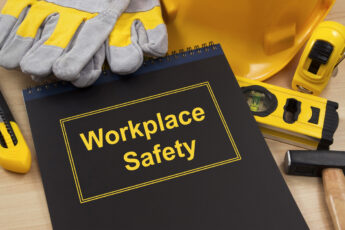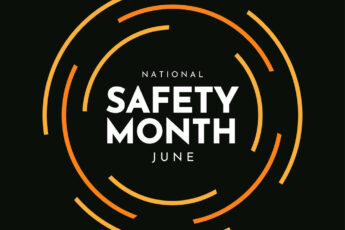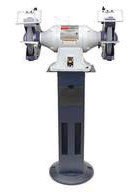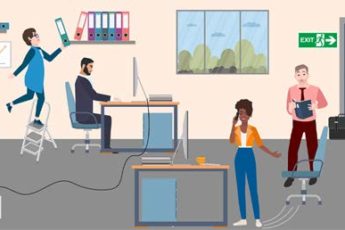By Ruth Kiefer, MSc, ARM, Vice President of Loss Control
Heat Illness Prevention Plan
Last month MIOSHA issued a new SEP regarding a Heat Illness Prevention Plan, I’ve been getting a few phone calls regarding what’s in this plan and what you need to do as employers to comply with this new emphasis plan. Yes, this does cover both inside and outside employees, new workers, temporary workers, full-time, part-time, basically, any worker who is exposed to hot and humid conditions. These conditions are becoming a bit more common than we’d like. Special attention should be placed on new and returning employees since they will need to build up a tolerance to your warm environments again.
(more…)





















